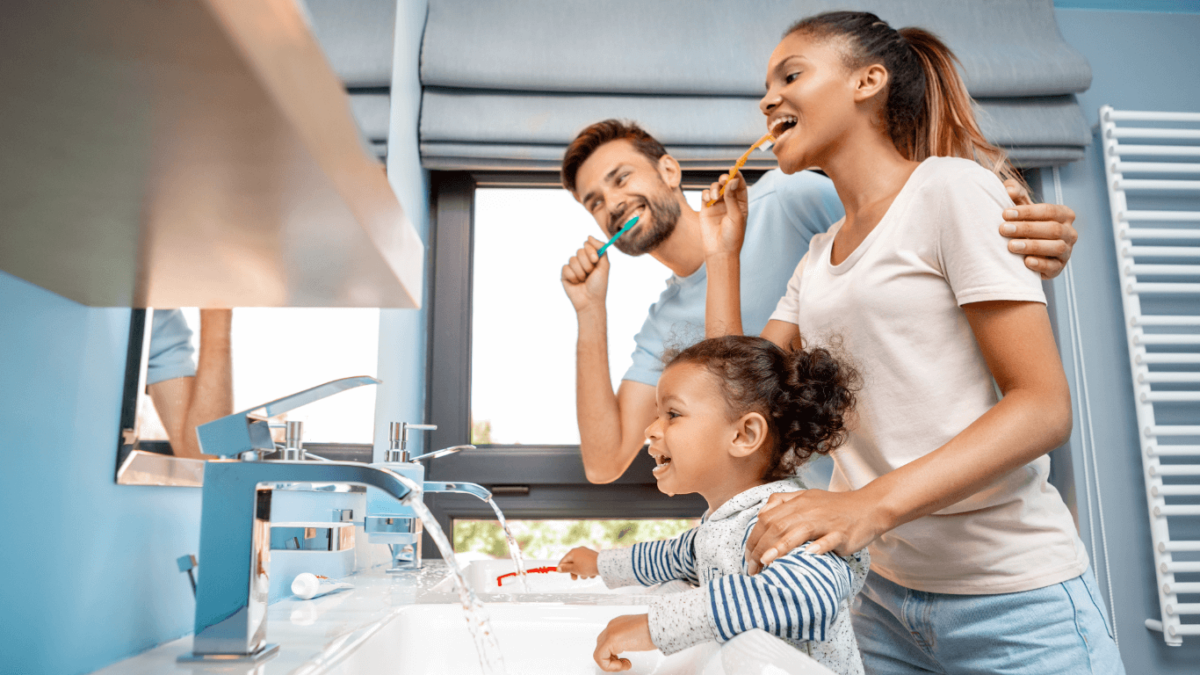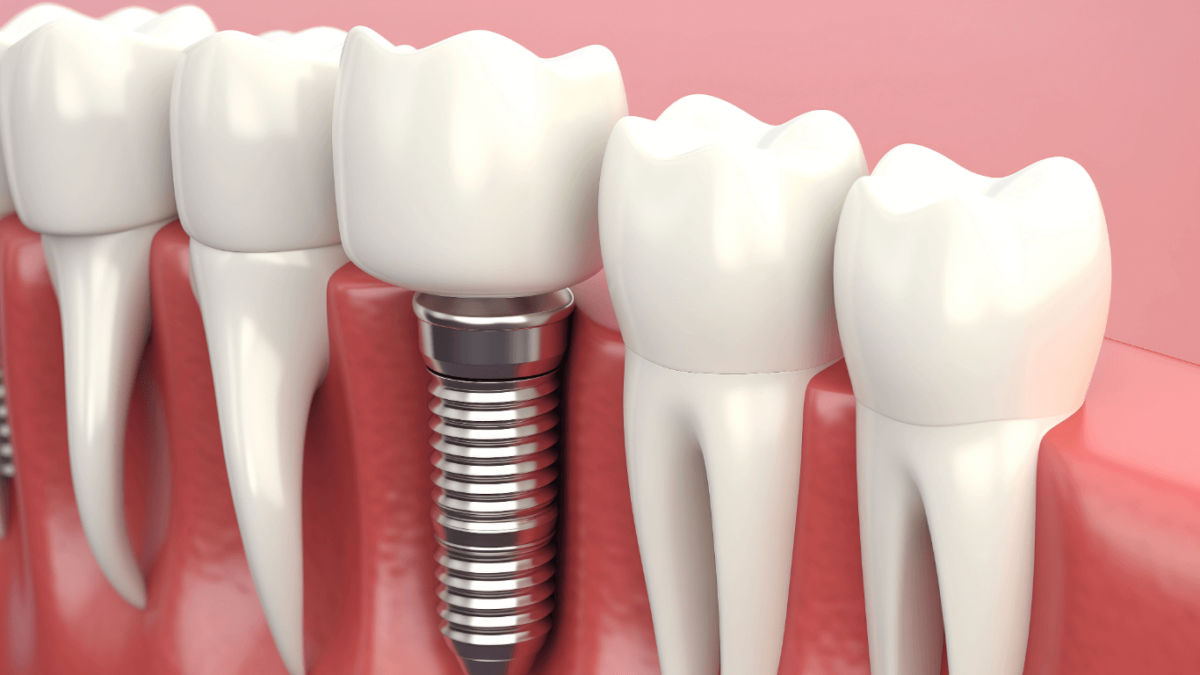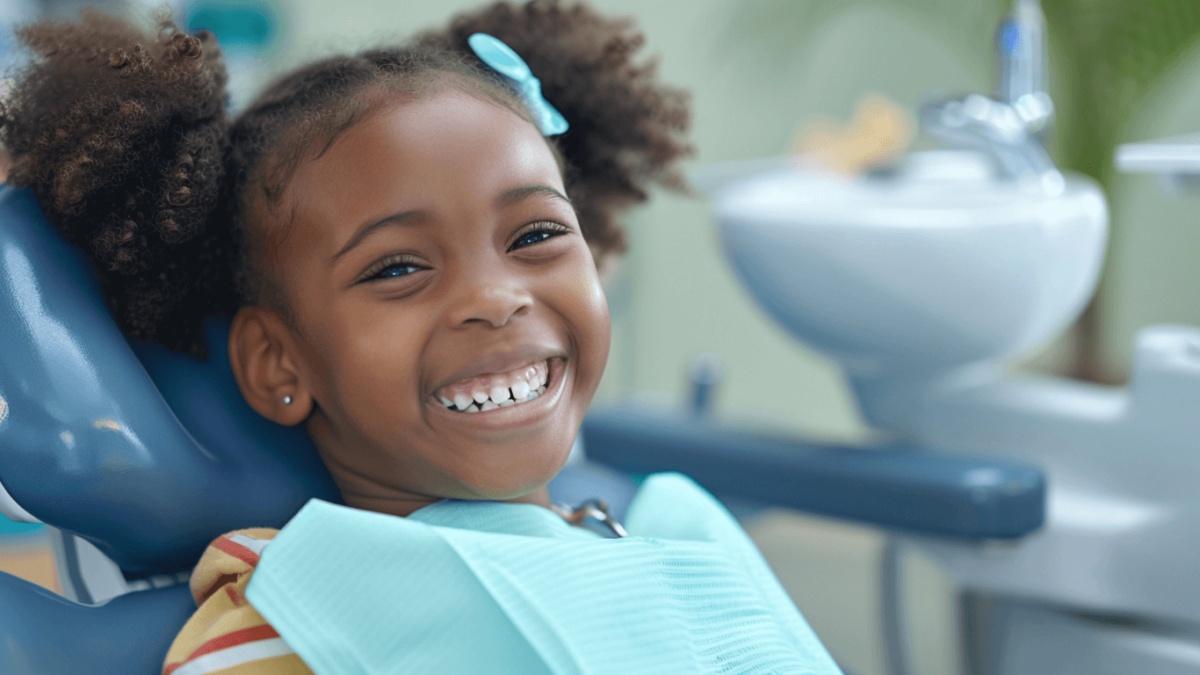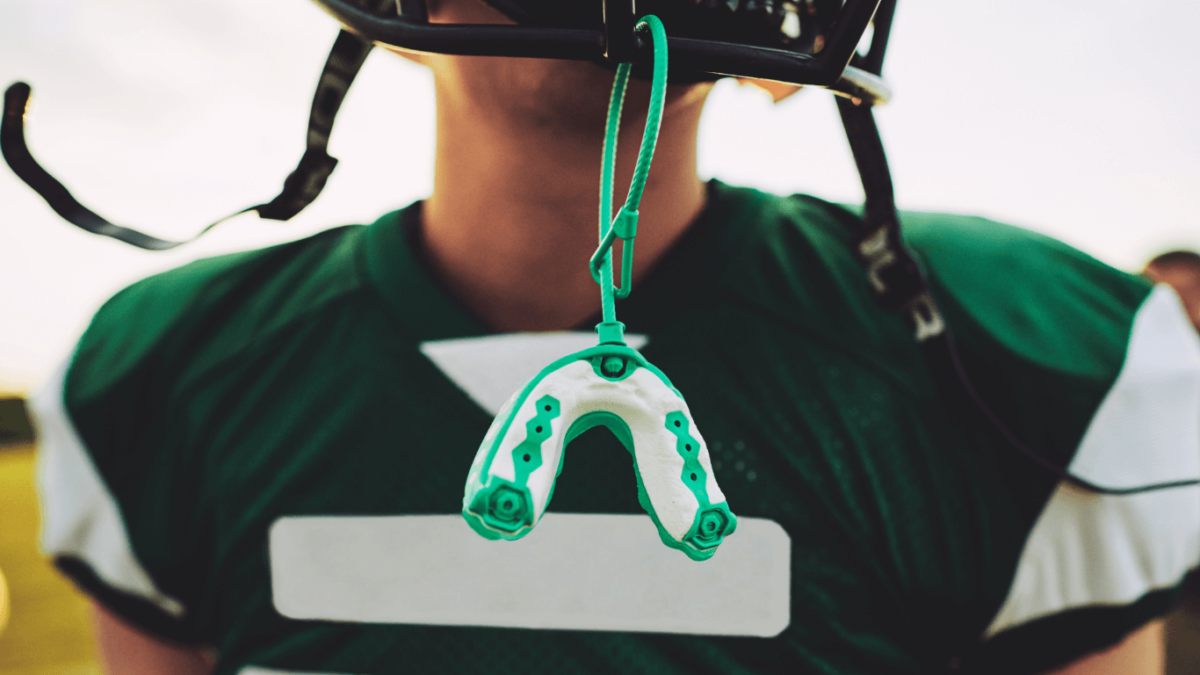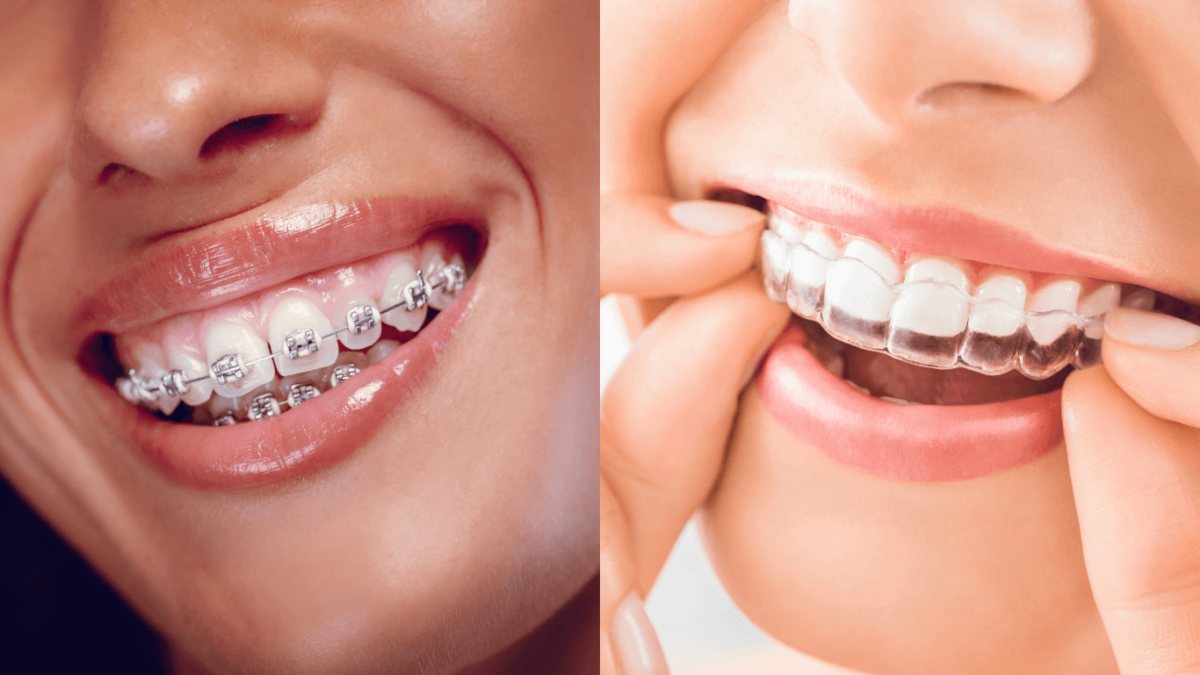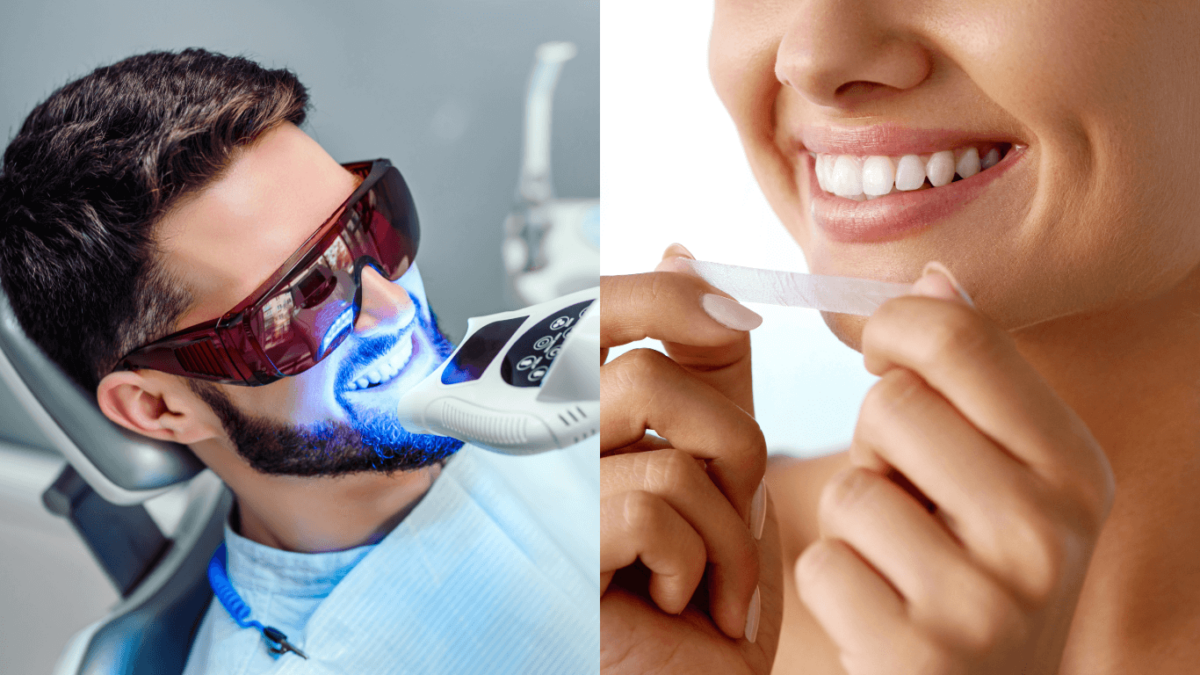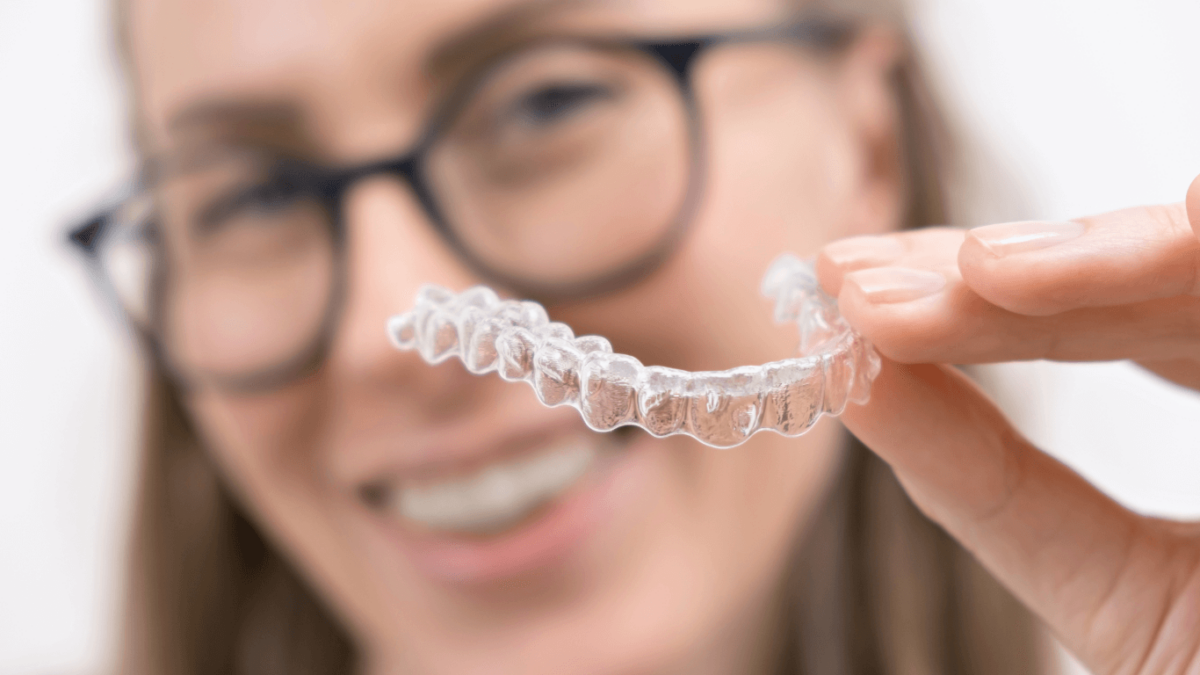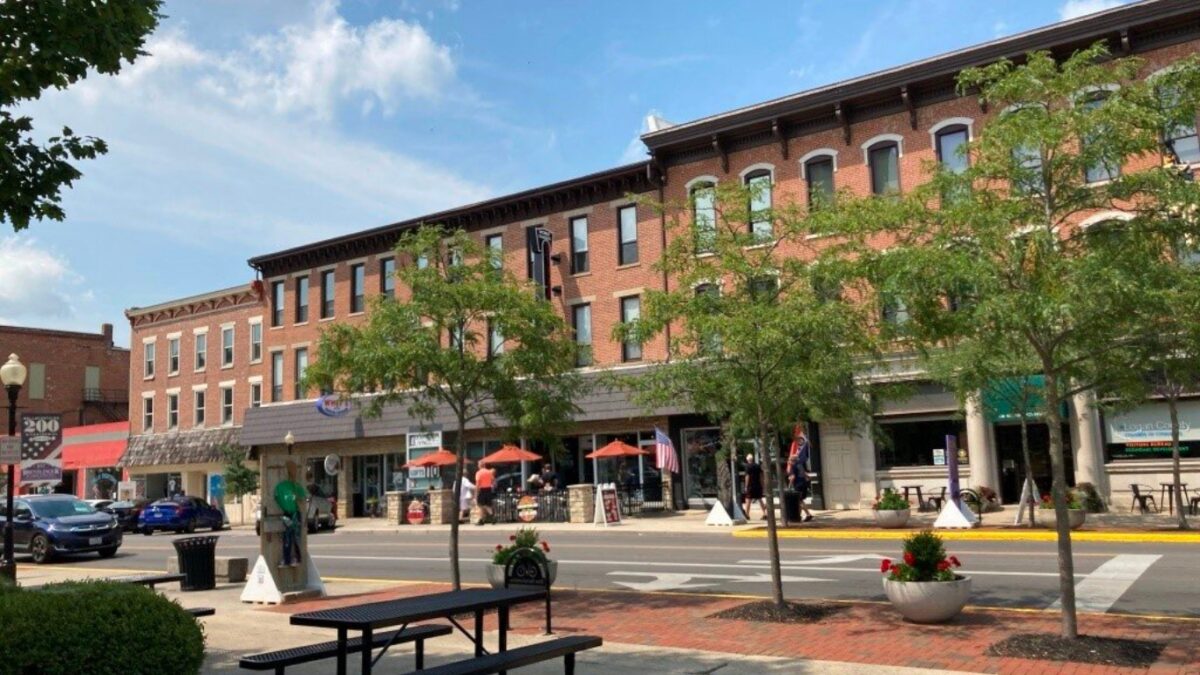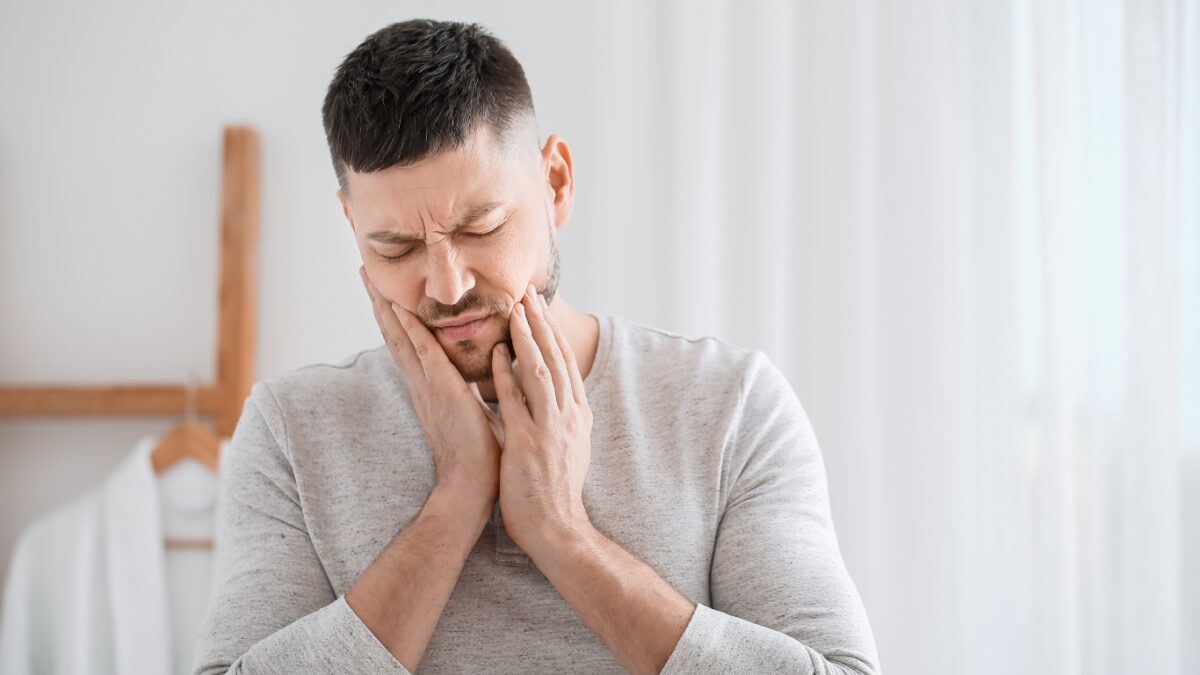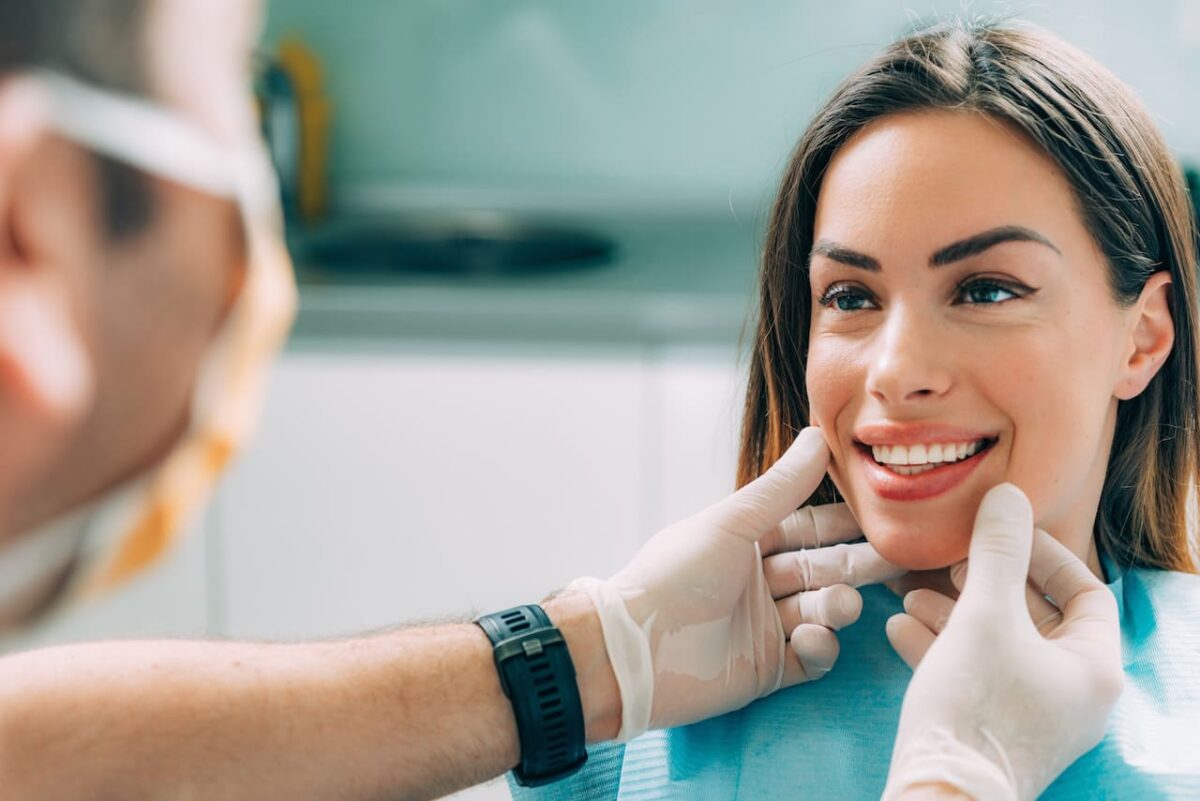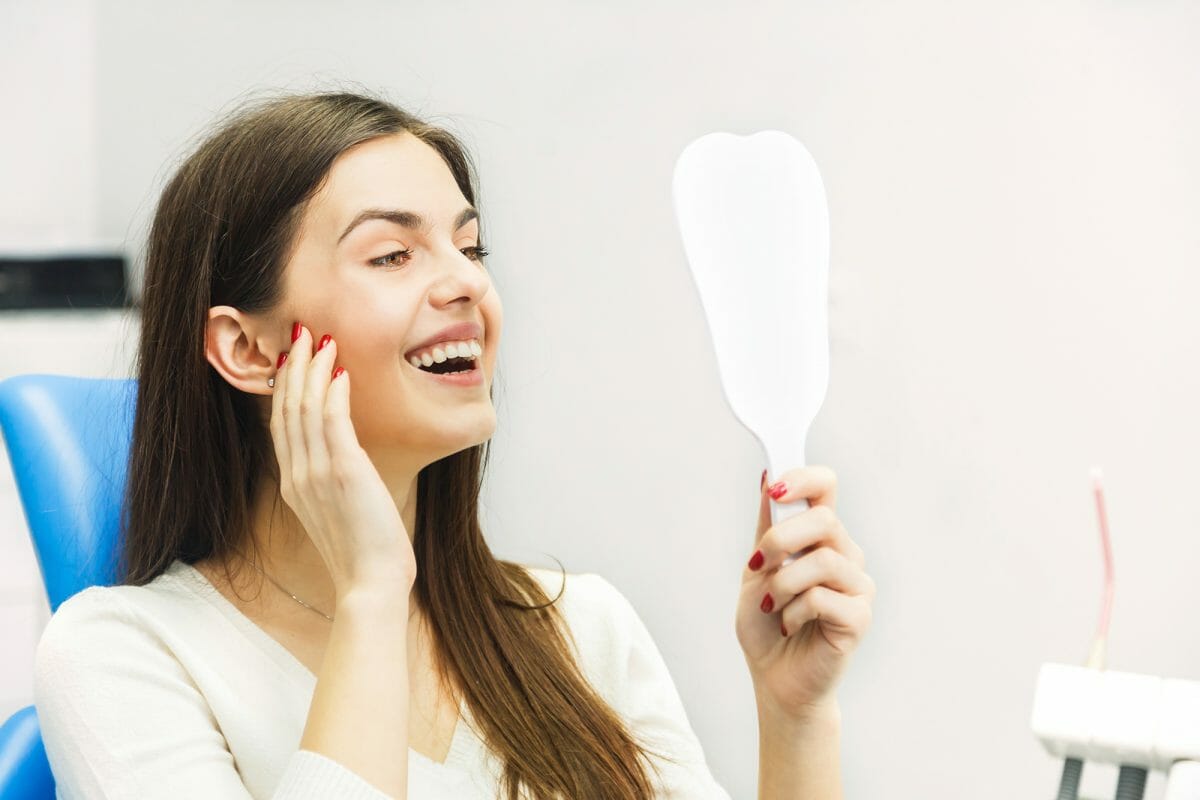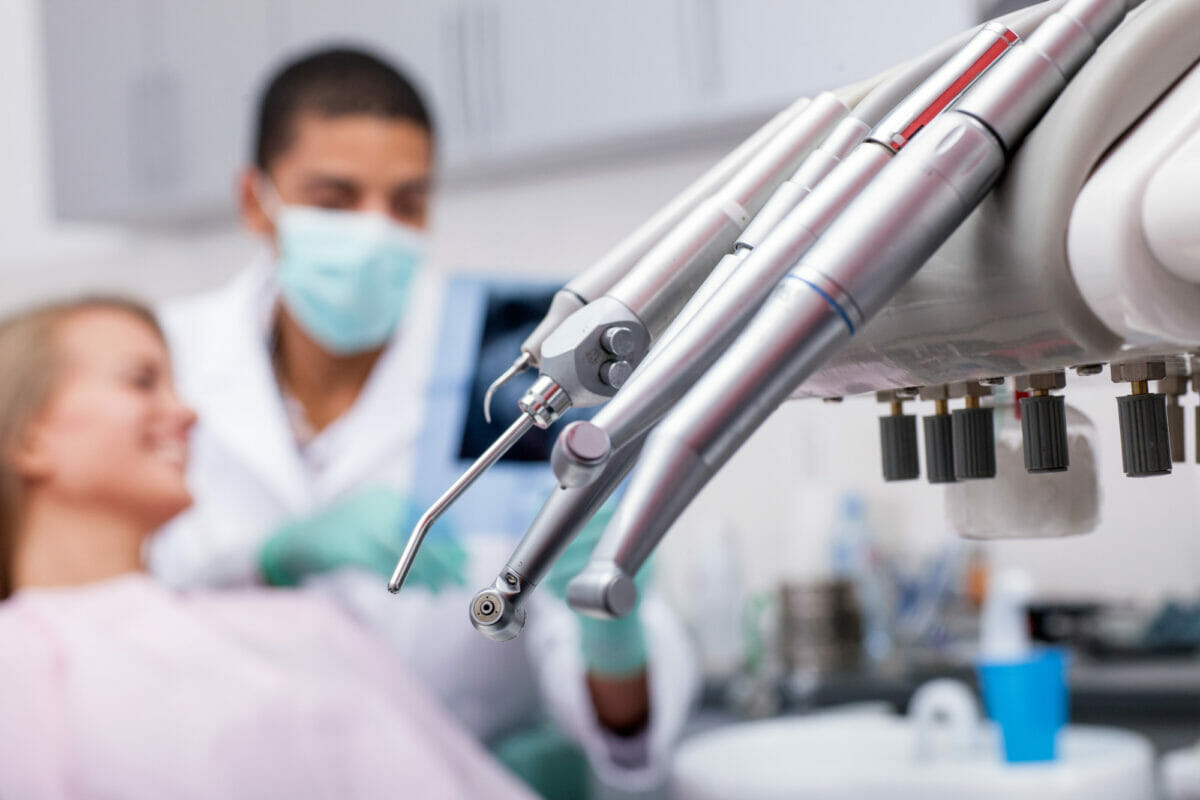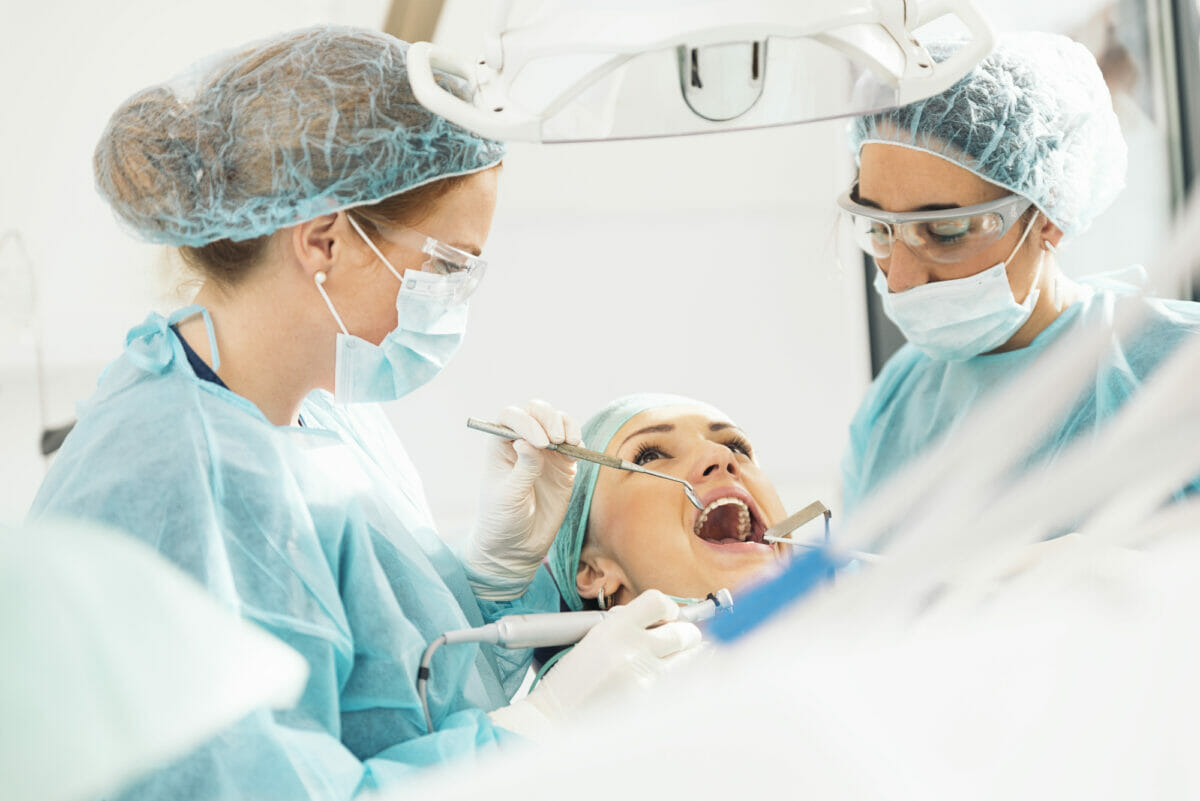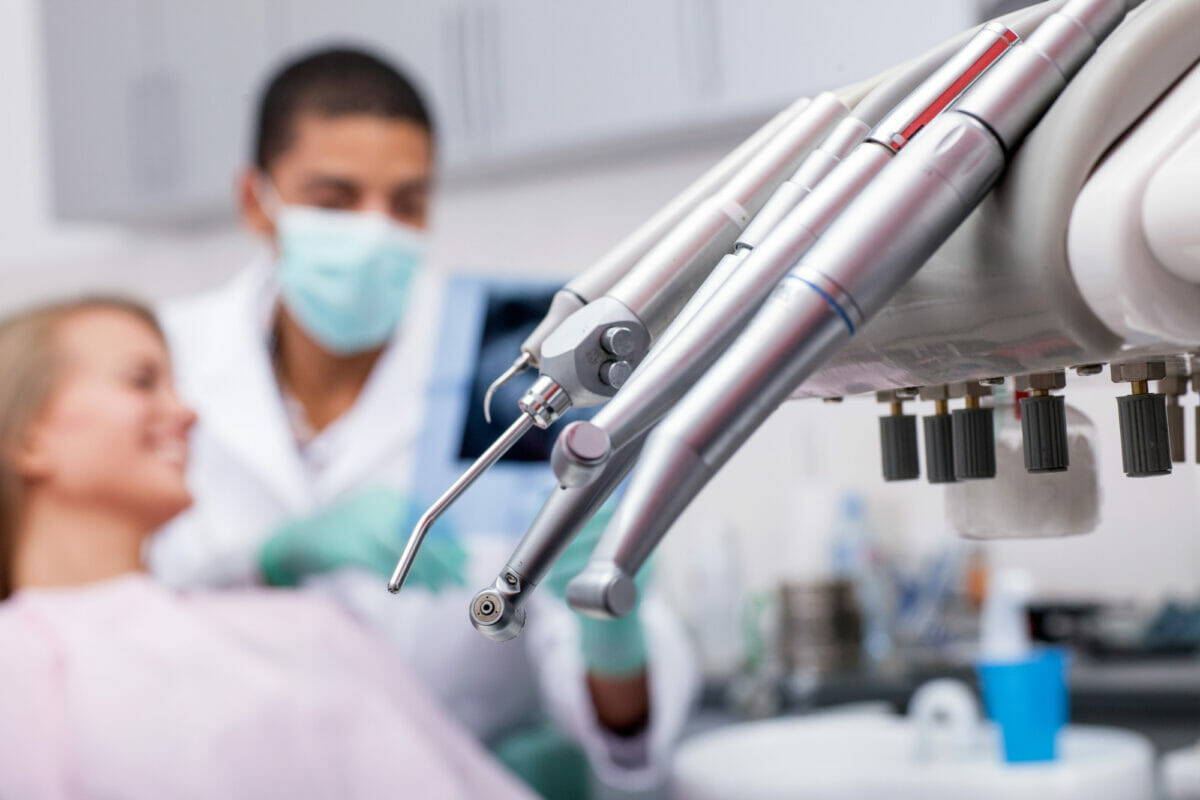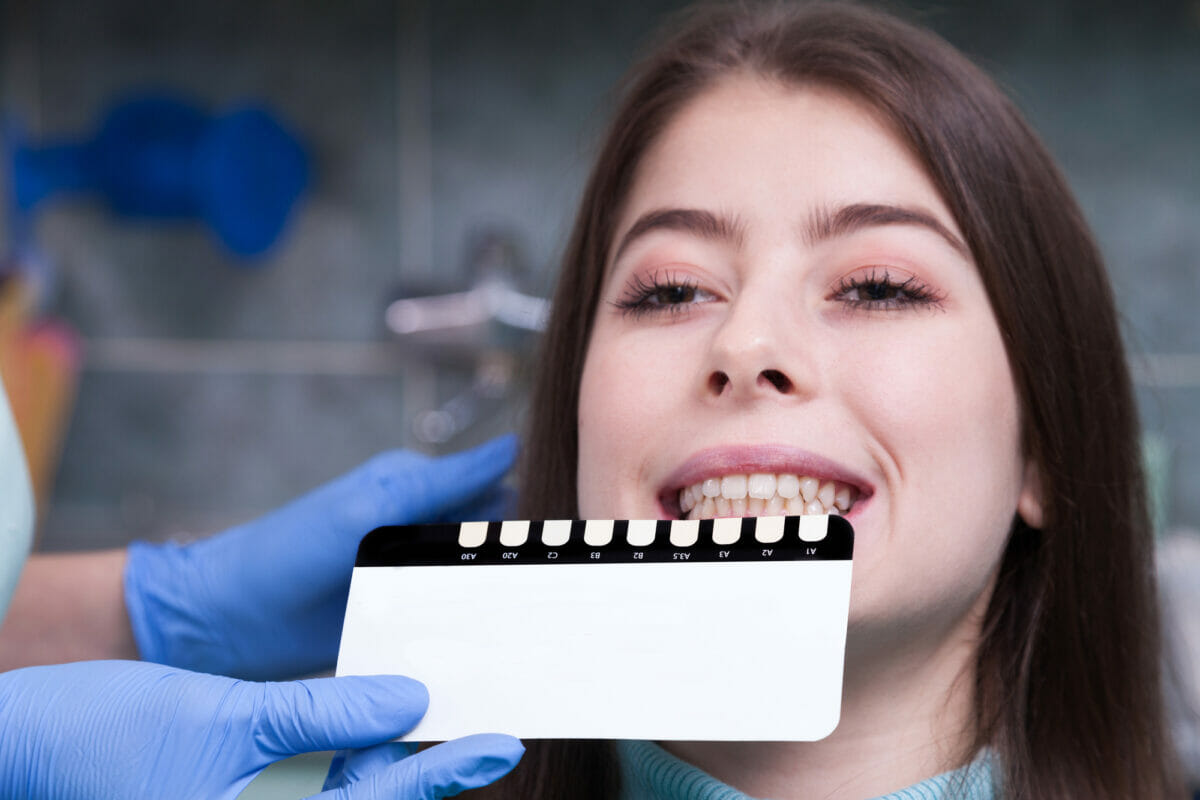Good oral health is a crucial component of overall well-being. It not only ensures a healthy mouth but also helps prevent various diseases that can affect other parts of the body. Incorporating dental self-care into your daily routine can significantly improve your oral health and contribute positively to your general health. This guide provides simple, actionable tips that can easily be integrated into everyday life to maintain and enhance dental health.
Morning Oral Hygiene Routine
A robust morning oral hygiene routine is essential for maintaining dental health and ensuring a fresh start to the day. It helps prevent dental diseases such as tooth decay and gum disease, and can enhance your overall health by reducing the risk of systemic issues linked to poor oral hygiene. Here are expanded tips on how to optimize your morning oral care routine.
Start with Water
Kickstart Saliva Production
Immediately after waking up, drink a glass of water to kickstart saliva production. Saliva is crucial for neutralizing acid produced by bacteria overnight, which helps protect enamel from erosion.
Flush Out Bacteria
Water acts as a natural cleanser by diluting the concentrations of bacteria and their waste products in the mouth. This simple act can reduce the bacterial load and lessen the risk of bad breath and tooth decay.
Brushing Effectively
Choose the Right Tools
Select a soft-bristled toothbrush that fits comfortably in your mouth and reaches all areas easily. Pair it with fluoride toothpaste approved by dental health associations to ensure you are getting the most effective and safe ingredients for tooth protection.
Technique Matters
Focus on technique as much as duration. Hold the toothbrush at a 45-degree angle to the gums and use gentle circular motions. Avoid aggressive brushing, which can damage gums and enamel. Ensure you brush all surfaces of each tooth – the outer, inner, and chewing surfaces.
Don’t Forget the Tongue
Bacteria on your tongue can contribute to bad breath and negatively affect your dental health. Gently brush your tongue or use a tongue scraper to remove the coating that usually forms while you sleep.
Flossing is Essential
Proper Flossing Technique
Use about 18 inches of floss, winding most of it around each of your middle fingers, and leave an inch or two to work with. Gently slide the floss up and down between your teeth, following the curve of each tooth. It’s important to floss under the gumline, but do so carefully to avoid damaging the tissue.
Consistency is Key
Flossing is a critical component of dental health, yet often neglected. Regular flossing removes plaque and food particles from areas where a toothbrush can’t reach, significantly reducing the possibility of gum disease and tooth decay.
Throughout the Day
Maintaining optimal dental health requires attention beyond the morning and evening brushing routines. What you do throughout the day plays a crucial role in preserving your teeth and gums. Here’s how you can protect and enhance your oral health from morning till night.
Hydrate Regularly
Promotes Saliva Production
Staying hydrated is essential not only for overall health but also for oral health. Saliva is your mouth’s first defense against tooth decay, as it helps wash away food particles and neutralizes harmful acids. Drinking water throughout the day boosts saliva production, which naturally protects your teeth.
Water vs. Other Beverages
Choosing water over sugary or acidic drinks is vital for dental health. Beverages like soda, coffee, and even fruit juices can contribute to enamel erosion and tooth decay due to their high sugar and acid content. Water, on the other hand, has no calories, sugar, or acids, and helps maintain a neutral pH level in the mouth.
Mindful Eating
Choose Teeth-Friendly Foods
Incorporate foods that are beneficial for your teeth into your daily diet. Crunchy fruits and vegetables like apples, carrots, and celery help clean your teeth naturally by removing surface stains and plaque. They also increase saliva production, which is beneficial for oral health.
Avoid Snacking on Sugary Treats
Continuous snacking on sugary foods can lead to more frequent acid attacks on tooth enamel, increasing the risk of cavities. If you need to snack, opt for nutritious foods like nuts or cheese, which can actually help remineralize your teeth thanks to their calcium and phosphorus content.
Chew Sugar-Free Gum
Stimulate Saliva Flow
Chewing sugar-free gum, especially after meals and snacks when brushing isn’t possible, is an excellent way to increase saliva flow. Saliva helps to wash away food debris and neutralize acids produced by bacteria in your mouth, protecting your teeth from decay.
Selecting the Right Gum
Look for gums that carry the ADA (American Dental Association) Seal of Acceptance, which are sweetened by non-cavity-causing sweeteners such as xylitol, sorbitol, or mannitol. Xylitol is particularly beneficial as it has been shown to reduce the amount of cavity-causing bacteria in plaque.
Evening Oral Care Routine
A thorough evening oral care routine is essential for removing plaque and bacteria accumulated throughout the day and setting the stage for a restful night’s sleep. By prioritizing your dental health before bedtime, you can prevent dental issues such as cavities and gum disease while ensuring a fresh start for your mouth in the morning. Here’s how to optimize your evening oral care routine with detailed steps.
Last Brush of the Day
Brushing your teeth before bed is crucial for removing plaque and food particles that have accumulated throughout the day. This final brush ensures that your mouth is clean before you sleep, reducing the risk of plaque buildup and cavities overnight.
Choose a Gentle Approach
Opt for a soft-bristled toothbrush and fluoride toothpaste to gently clean your teeth and gums. Avoid aggressive brushing, as this can damage tooth enamel and irritate the gums. Instead, use gentle circular motions and take your time to thoroughly clean all surfaces of your teeth.
Reach Every Nook and Cranny
Pay special attention to hard-to-reach areas, such as the back molars and along the gumline. These areas are prone to plaque buildup and require extra care to ensure thorough cleaning. Angle your toothbrush towards the gumline to reach plaque hiding along the margins.
Consider Mouthwash
Extra Protection Against Decay
Using a fluoride mouthwash as part of your evening routine provides an additional layer of protection against tooth decay. Mouthwash reaches areas of the mouth that may have been missed by brushing and flossing, providing a comprehensive clean.
Combating Gum Inflammation
Certain mouthwashes contain antibacterial ingredients that can help reduce gum inflammation and fight gingivitis. Incorporating mouthwash into your evening routine can promote healthier gums and prevent periodontal disease.
Night Guards for Grinders
Protection Against Teeth Grinding
If you grind your teeth at night, wearing a night guard can help protect your teeth from damage. Night guards act as a cushion between your upper and lower teeth, preventing them from grinding against each other and causing wear and tear.
Custom-Fitted Guards
Consider getting a custom-fitted night guard from your dentist for optimal comfort and protection. Custom guards are molded to fit your teeth precisely, ensuring a snug and comfortable fit that won’t interfere with your sleep.
Maintenance and Care
Clean your night guard regularly with a mild soap and water to remove bacteria and plaque buildup. Store it in a clean, dry case when not in use to prevent contamination and damage.
Regular Dental Check-Ups
Schedule Biannual Visits
Visit your dentist at least twice a year for a professional cleaning and check-up. These visits are crucial for catching potential issues early, such as cavities, gum disease, or even oral cancer.
Be Proactive with Treatments
If your dentist recommends procedures such as fillings, sealants, or deeper cleanings, don’t delay. Addressing issues early can prevent more serious problems and potentially costly treatments in the future.
Integrating these dental self-care tips into your daily routine can significantly enhance your oral health and, by extension, your overall health. Regular care keeps your teeth and gums in top condition and prevents diseases that might affect other parts of your body. Remember, a healthy mouth supports a healthy body, and daily oral hygiene is key to maintaining both. To check schedule your semiannual cleaning, call Logan Dental.

